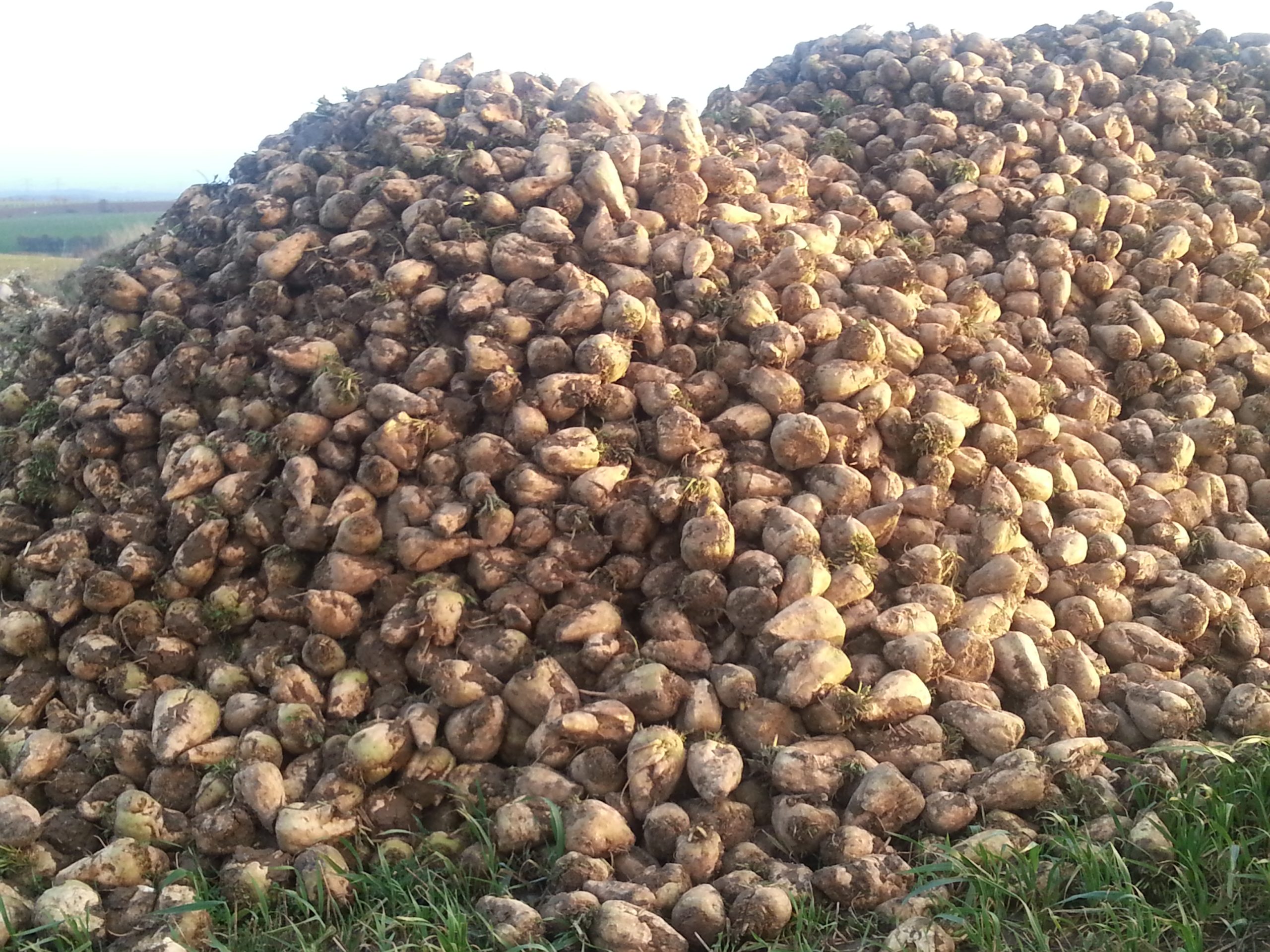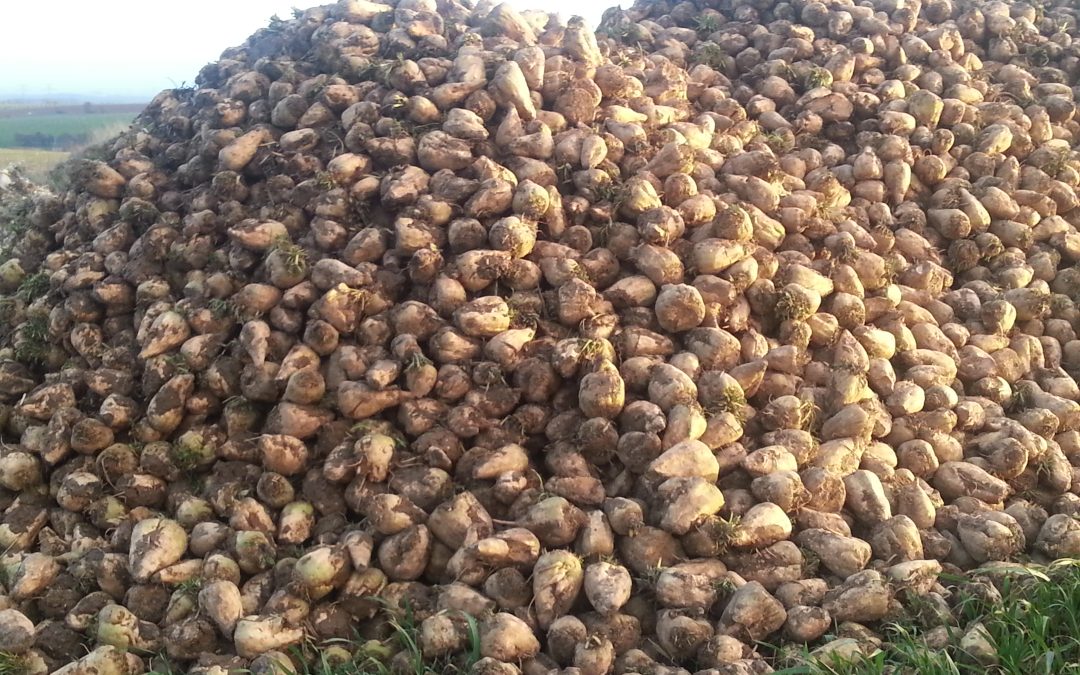UK sugar beet production has remained around one tonne per hectare above the European average for the last three campaigns according to Statista[1]; As growers face more challenging conditions and tighter margins, some are looking to the latest developments in agri-nutrition to boost productivity.
Andrew Wilson is the fourth generation of his family to farm on the Castle Howard Estate, north east of York; over time, he has seen many changes, but he doesn’t believe in reinventing the wheel.
Andrew has used several products from the OptiYield® range successfully over the past five years and in 2020 he achieved an increased marketable yield of 16.7% on his crisping potatoes, as well as decreasing out-of-spec losses and significantly improving his net margins.
Armed with the confidence from previous success on potatoes, Andrew decided to evaluate this approach by trialling it on nine hectares of sugar beet to see how he could optimise yields and improve the crop’s hardiness with the increasingly unseasonal weather patterns in order to boost beet yield.
On farm beet trial.
In consultation with Simon Fox of Emerald Research Ltd (ERL), a trial was devised on six hectares of Evalotta planted on a medium loam combining the use of OptiYield Consortium-Z and OptiYield BugBoost. Consortium-Z is a liquid microbial formulation of seven synergistic species and strains of bacteria (as active spores from UK soils) that stimulate and promote root and plant growth. The primary reason for using Consortium-Z was to increase rooting and the crop’s resilience to wet, cold, heat and drought stresses, all of which have had a cumulative impact on crop performance in recent years.
BugBoost has a dual purpose. Firstly, it has been designed to feed, stimulate and strengthen the growth of the microbial colonies that make up Consortium-Z. Secondly, it is a biostimulant in its own right with trials showing its positive effect on crop roots. By stimulating increased root growth, the crop benefits from being able to make better use of the nutrients held within the soil around it, which is important considering that many nutrients, such as phosphate, can only travel a few millimetres within the soil, making optimum root development and greater root mass crucial.
The combination of these two products at planting ensures that during the critical root development phase the crop has enough nutrients to enable it to produce a healthy root system. Most importantly, a strong tap root that is fundamental in the plant’s ability to anchor itself in the soil and to store sucrose for harvest.
 As with any crop, preparation of the seed bed is essential, and Andrew undertook his normal routine of adding farmyard manure in February, cultivation and flat lifting in early April with power harrowing and drilling at the end of the month.
As with any crop, preparation of the seed bed is essential, and Andrew undertook his normal routine of adding farmyard manure in February, cultivation and flat lifting in early April with power harrowing and drilling at the end of the month.
The Consortium-Z and BugBoost were applied using an adaptation that was fixed to the six-row planter with one row left untreated as a control. Following planting, the trial area was then treated in the same way as the rest of the field.


